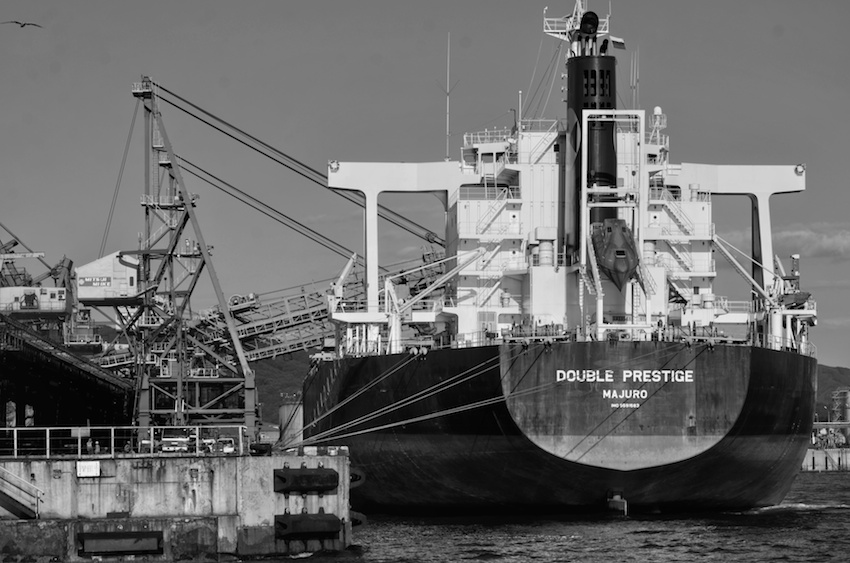

Over the past week, European coal indices edged higher above 71 USD/t. Low temperatures in some EU countries and an uptrend in natural gas prices, which strengthened to 18.5 EUR/MWh (+0.4 EUR/MWh or +2% to Mar 10,2021), had a positive impact on coal quotes.
Amid a cold snap in early March, some European energy companies ran out of coal stocks and had to enter the spot market. ARA stocks fell to 3.7 mio t (-0.1 mio t or -2% to Mar 10,2021). However, the rise in EU carbon prices to 42.9 EUR/t (+1.4 EUR/t to Mar 10, 2021) cap further growth in coal quotes.
Heightened demand from Chinese generating companies offset weak buying of Indian enterprises and boosted South African coal indices to 99-100 USD/t. Richards Bay stocks dipped further to 3.0 mio t (-0.3 mio t to Mar 10,2021).
Lowering coal consumption by Eskom, the largest South African generating company, as well as the company’s cost-cutting strategy have led to a redirection of domestic supplies to the exports market by a number of mining enterprises in South Africa.
Eskom, a South African generating company, and Transnet, an operator of the railway between South Africa’s coal-mining provinces and the port of Richards Bay, plan to create a new inland coal terminal. This initiative is aimed at diversifying the list of Eskom’s coal suppliers by increasing the volume of material purchased from junior mining enterprises.
The increase in electricity consumption, caused by severe weather conditions in some Asia-Pacific countries, stimulated demand for Australian thermal coal and contributed to the growth in indices to 91-92 USD/t.
Despite the government’s restrictions, applied to the half of coal-fired power plants in South Korea to combat high air pollution levels, South Korea’s coal imports in January-February 2021 amounted to 6.1 mio t (+0.3 mio t or +5% compared to January-February 2021).
India is considering setting a target of net zero emissions by 2050. If this initiative is approved, the Indian government’s plans will be in line with the US strategy to become carbon neutral by 2050 and ahead of the deadlines, set by the Chinese government (until 2060).
China, the United States and India are the three largest CO2 emitters in the world. To implement its plans, the Indian government, on the one hand, has to increase generating capacities, powered by renewable energy sources, fivefold from the current 90 GW to 450 GW.
On the other hand, India has to halt its pipeline of new coal-fired plants and close older units. At the moment, the country has 36.6 GW of coal generation units under construction and 29.3 GW of capacities to be set in the coming years.
Low business interest in Indonesian material from India and a reduction in Chinese imports of low-calorific coal due to an increase in hydrogeneration volumes reduced Indonesian coal quotes to 71-72 USD/t.
A number of Indonesian coal exporters limited supplies amid negotiations between Japanese energy company Tohoku Electric and Australian producer Glencore. Indonesian market participants are waiting for a new benchmark to conclude new contracts.
Lowering prices of metallurgical coal in the Asia-Pacific weakened demand for imported coking material and pressured indices. Quotes are expected to go up in April due to the seasonal increase in steel output.
Source: CAA Analytics
[tfws username=”CAA_Analytics” height=”700″ width=”350″ theme=”light” color=”#FAB81E” tweets=”2″ header=”yes” footer=”yes” borders=”yes” scrollbar=”yes” background=”yes”]









